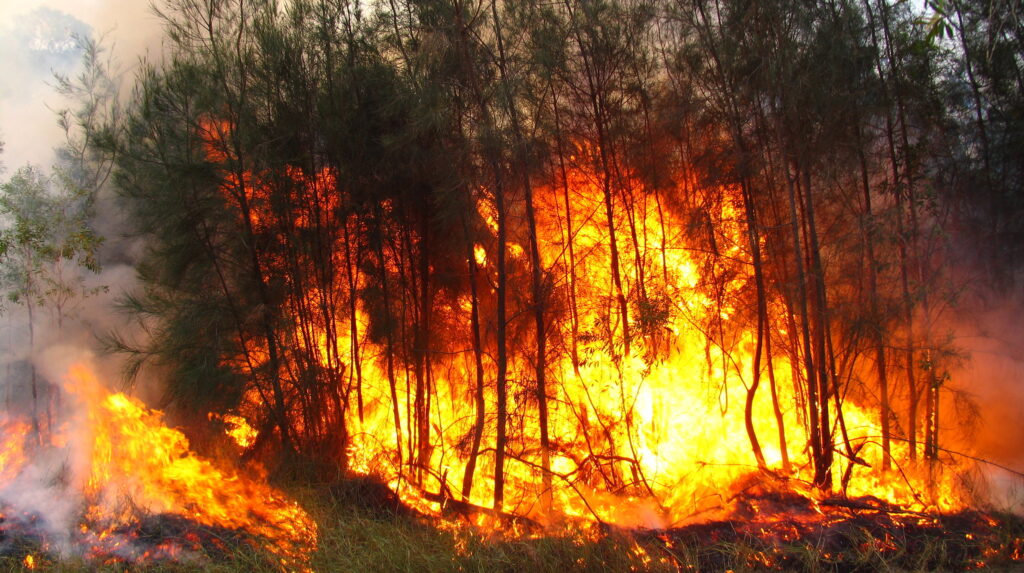
Scientists have concluded that the changing climate is primarily the result of increased human-caused greenhouse gas emissions. Some of the effects of global climate change include melting glaciers, warming oceans, intensifying storms, and rising seas.
Another consequence of global climate change is natural disasters like floods and wildfires. Climate change is increasing the frequency and severity of wildfires and increasing the odds of record-breaking floods in many parts of the United States and all around the world.
As a result, scientists in Australia have turned to technology for better assistance in keeping tabs on these climate change-driven natural disasters. Researchers from Curtin University in Perth, Australia have found that satellites can improve the ability to detect, monitor, prepare for, and withstand natural disasters, including floods, wildfires, and earthquakes.
The research team used Synthetic Aperture Radar (SAR) data, which was acquired by the European Space Agency Sentinel-1 satellite. The researchers also used data acquired by other satellites to evaluate these Australia-specific case studies.
According to the researchers, SAR data provides remote monitoring capabilities of Earth’s surface around the clock and in all weather, which is something that traditional optical Earth Observation (EO) imagery cannot do. The ability to function through fog, clouds, rainfall, and smoke is what makes SAR so valuable.
The research team says that the data can be used to improve how people track and respond to natural disasters, by precisely mapping topography, tracking movements of the ground, and mapping damage to infrastructure.
As the climate continues to change, the ability to mitigate hazards like floods and wildfires will be increasingly important.
**********
Web Links
Radar satellites can better protect against bushfires and floods
Photo, posted May 11, 2007, courtesy of Bert Knottenbeld via Flickr.
Earth Wise is a production of WAMC Northeast Public Radio.
Leave a Reply